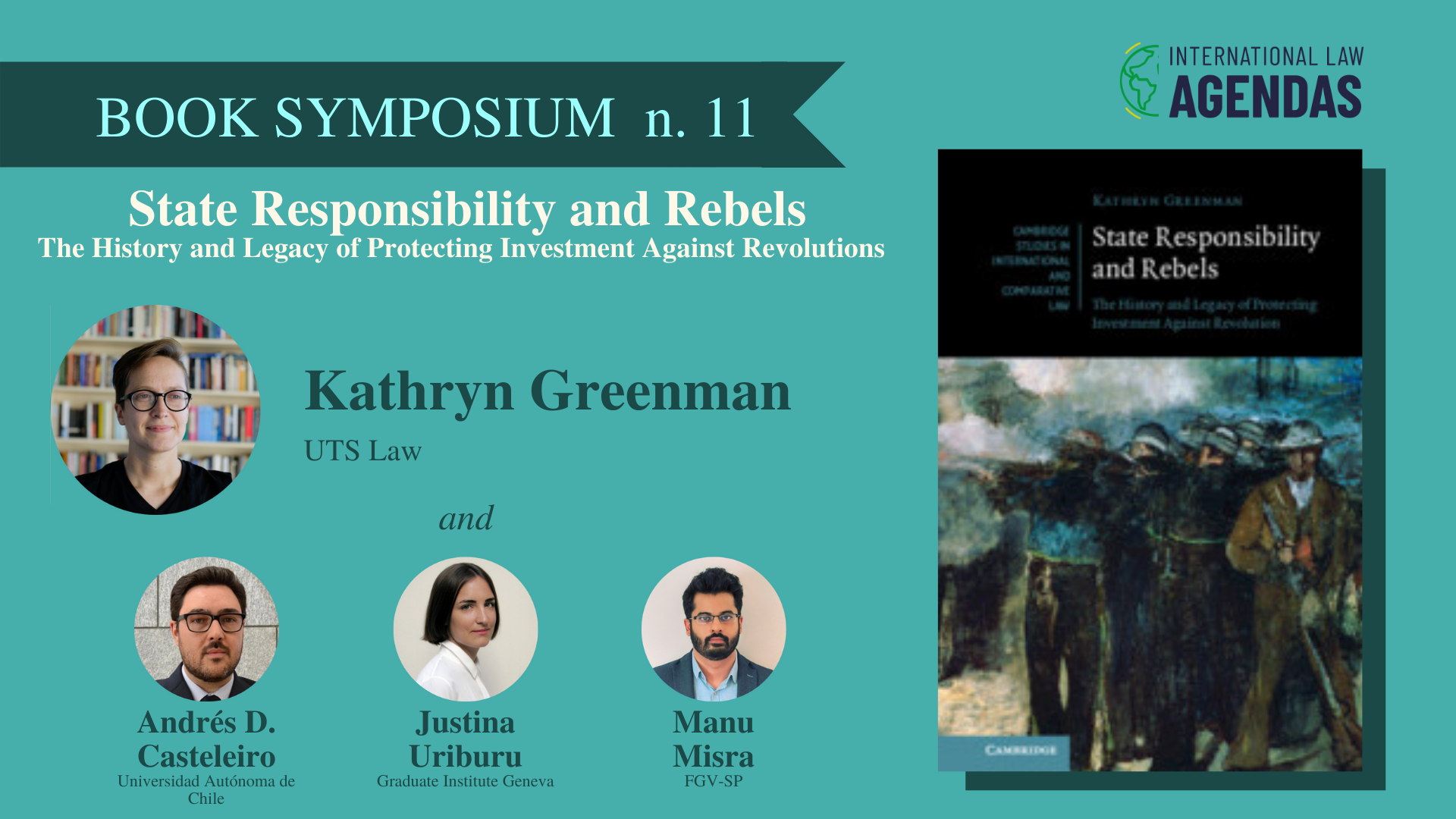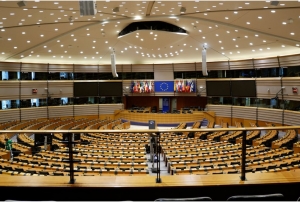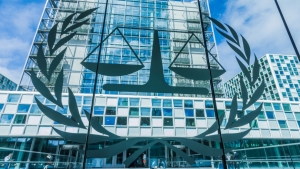I would like to begin this response by thanking the three reviewers for their close and careful readings of the book. I am grateful not only for their generosity in acknowledging the book’s achievements, but also for the thoughtful ways in which they challenge, complicate and extend the narrative that the book seeks to elaborate. With this response, in a spirit of intellectual collaboration, I hope to continue the conversations that the reviewers have so generously begun. They raise too many excellent points for me to respond to them all here, so I have tried to draw together a few themes from across the different reviews.
Method and the making of international law
It is a gift when reviewers articulate what you are trying to do in your book more clearly than you have managed to yourself. In her review, Justina Uriburu — via Call Me by Your Name author André Aciman — argues that the book depicts international law as ‘in motion—flexible, open to resistance, sometimes ruthless, transmuting from strange into familiar, travelling across time and different sceneries’. While I am thrilled to see the book mentioned, however indirectly, in proximity to such a visually rich and queer film as Call Me by Your Name, I am also humbled that the book’s value as a case study in international law-making has been so eloquently recognised. In the book, I try to show how a messy, ambiguous and even contradictory set of arbitral awards were, in Anne Orford’s words, ‘worn smooth’ by their transmission across time and space by generations of scholars, codifiers and arbitrators. Their repeated citation came to establish their normative authority and give them clear meaning, even though both were far from certain at the moment of the writing and adoption of the awards.
In his review, Andrés Delgado Casteleiro notes that the book ‘hints at the blind spots that the ILC [International Law Commission] has when codifying international law’. One particular contribution I hope to make with the book is to enable readers to look behind the Articles on State Responsibility for Internationally Wrongful Acts (ARSIWA) and see how the sausage is made. On this account, the ARSIWA is just another iteration of a practice of manoeuvring and flattening the awards of mixed claims commissions in the service of rationalising rules. By exploring the practice and scholarship of state responsibility in the nineteenth and early-twentieth centuries, the book also seeks to expose the contortions and distortions created in the translation of rules that fused primary and secondary obligations into rules of attribution. For example, I show how the distinction between primary and secondary rules enabled the question of the standard of protection that states were required to provide against rebels, which had once been at the very core of state responsibility for rebels during the era of the mixed commissions, to be displaced. The debate is now playing out, for example, in international investment law, where tribunals often decide it in favour of foreign investors. In this way, I hope that the book builds on and provides detailed support for existing critiques of the ARSIWA by leading feminist and TWAIL scholars such as Christine Chinkin and BS Chimni.
Uriburu also explains much better than I ever have the book’s relationship to Latin America with her insightful reflection on ‘what it might mean to foreground a Latin American experience without framing it as a work about Latin American international law’. When I claimed in the introduction that the book was about the regionally specific emergence of the rules of state responsibility in an encounter between Latin America and the US and Europe but not intended to be a book about Latin American international law, I am not sure I could have said exactly what I meant. Uriburu clearly articulates an approach that places the Latin American experience in the centre while refusing a contributionist lens and grounds work in the history and politics of a particular region while engaging questions of broad disciplinary significance. My aim with the book was to explore the central significance of Latin America in the history of international law as the site of the first wave of decolonisation and the first experiments in economic ordering through international law after the end of formal colonialism without purporting, as a scholar who is not from the region, to represent a Latin American perspective.
Blind spots and ruptures
I end the book with a rather bleak outlook. My conclusion is that for all the changes in the international legal order since the heyday of state responsibility for injuries to aliens by rebels, things have fundamentally stayed the same — international law continues to prioritise the protection of foreign investment against rebels and other non-state armed actors in the decolonised world and insulate the prevailing economic order against revolution and civil war. Andrés Delgado Casteleiro, however, manages to find within the text of the book a more hopeful narrative. Putting greater emphasis on the Pan-American Conferences than I do, Delgado reframes the story as one of ongoing (Latin American) resistance to the special treatment of foreign economic interests. Elsewhere, I have argued that the rejection of a treaty on state responsibility for injuries to aliens by Latin American states at the 1930 League of Nations Codification Conference failed to make a difference in the long run. Indeed, I have argued that fragmentation and other structural features of the international legal order, such as its commitment to the public-private divide and its favouring of undemocratic law-making processes, make it difficult for changes to the status quo to stick. Yet Delgado reminds us that those past moments of successful resistance are still significant. In the back and forth of contestation, there will always be setbacks, but all victories are temporary and different outcomes remain possible.
Manu Misra also picks up on the book’s focus on continuity over rupture, and complicates my efforts to draw parallels between the nineteenth century protection of aliens against rebels in Latin America and the twenty-first century protection of foreign investments against non-state armed actors in the Middle East and South Asia. For example, Misra is right that the line the book attempts to draw around debates about the distinctions between rebels, other non-state actors and terrorists cannot hold. I hope that the slippages can enable scholars of international counter-terrorism law and practice to make something useful of the book or even lead to productive future collaborations. Nevertheless, it is an easy response to a critique that seeks to understand the legacy of international law’s past for its present to say that things today are more complicated. If we are usefully to discern any patterns in the world, some simplifying, abstracting and discarding is required. What is more difficult and more interesting is to answer the so what question, since adding complexity does not, without more, automatically lead to insight. There is no non-ideological way of writing about the history of international law, as Misra acknowledges, and an approach focusing on rupture over continuity also has a politics. While nobody sets out to preach only to the choir, I hope that by making the book’s politics explicit, both those who share its political aims and those who do not may evaluate it on its own terms.
In conclusion, it is privilege to have such rigorous intellectual engagement with my work by three excellent readers and I hope both they and others will find the resulting exchanges interesting and productive. I know that reading and responding to the reviews has enriched my own thinking and will improve my current and future research.
-

Kathryn Greenman is a senior lecturer in law at the University of Technology Sydney (UTS). Kathryn's research is interested in the interrelation between the economic and the humanitarian in international law. Her work touches upon state responsibility, international investment law and international humanitarian and human rights law





